در بیشتر اوقات لازم است در مراکز صنعتی و کارگاه ها نیروهایی که بر یک جسم وارد می شود را اندازه بگیریم. مثلا برای کنترل پایداری یک پل که هر روز هزاران هزار اتومبیل از روی آن می گذرند باید میزان نیروهایی که بر آن وارد می شوند را حساب نماییم. برای اندازه گیری نیروهای وارد بر یک جسم از مبدل هایی استفاده می شود که نیروسنج نام دارند...
محصولات مرتبط
در بیشتر اوقات لازم است در مراکز صنعتی و کارگاه ها نیروهایی که بر یک جسم وارد می شود را اندازه بگیریم. مثلا برای کنترل پایداری یک پل که هر روز هزاران هزار اتومبیل از روی آن می گذرند باید میزان نیروهایی که بر آن وارد می شوند را حساب نماییم. برای اندازه گیری نیروهای وارد بر یک جسم از مبدل هایی استفاده می شود که نیروسنج نام دارند. وقتی بر جسمی نیرو وارد می گردد تنش (Stress) و کرنش (Strain) ایجاد می شود. تنش معرف مقاومت درونی جسم در مقابل نیرو است و کرنش در حقیقت بیانگر جابجائی و تغییر شکل جسم می باشد. استرین گیج (Strain Gauge) یا کرنش سنج در واقع برای اندازه گیری کرنش و تغییرات فیزیکی ناشی از اعمال فشار بر جسم طراحی گردیده است و معمولا استرین گیج ها را از سیم هایی با جنس مس نیکل می سازند و به شکل رفت و برگشت روی پلاستیک های مقاومی می چسبانند.
ابعاد استرین گیج ها از چند میلی متر مربع تا چند سانتی متر مربع است و دارای مقاومتی از چند ده تا چند هزارم اهم می باشند. استرین گیج ها در اندازه گیری فشار، وزن در لودسل، گشتاور در ترک متر و همچنین سنسورهای موقعیت به وفور مورد استفاده قرار می گیرد. برای اندازه گیری تغییرات مقاومتی سنسور استرین گیج از پل وتسون استفاده می گردد.
مقدمه ای بر تحلیل تنش و طراحی مبدل ها با کرنش سنج ها
(An Introduction to Stress Analysis and Transducer Design using Strain Gauges)
توسط شرکت HBM گرد آوری شده است و به گونه ای کاربردی و علمی به مبحث تحلیل تنش و طراحی مبدل ها (Transducer) با کرنش سنج ها (Strain Gauge) پرداخته شده است. این آموزش مشتمل بر 262 صفحه، در 9 فصل، به زبان انگلیسی، همراه با تصاویر به ترتیب زیر گردآوری شده است:
Chapter 1: Introduction
- Metal strain gages
- Semiconductor strain gages
- Vapor-deposited (thin-film) strain gages
- Capacitive strain gages
- Piezoelectric strain gages
- Photoelastic strain gages
- Mechanical strain gages
- Other systems
- The operating principle of the strain gage
- Metal strain gages
- Semiconductor strain gages
- The measurement system
Chapter 2: Terms and units of measurement used in strain gage technology
- Strain: Definition and unit of measurement
- Absolute change of length
- Relative change of length or strain
- Unit of measurement for strain
- Mechanical stress: Definition and unit of measurement
- Normal stress
- Shear stress
- Residual stress, thermal stress
- Stress states
- Material parameters
- Modulus of elasticity, definition and units
- Shear modulus
- Poisson's ratio
- Thermal expansion
- Strain gage loading
- Static measurements - zero referenced
- Quasi-static measurements
- Dynamic measurements - non-zero referenced
Chapter 3: Selection criteria for strain gages
- Range of application
- Stress analysis, model measurement techniques, biomechanics
- Transducer construction
- Types of strain gages
- Length of measuring grid
- Homogeneous field of strain
- Inhomogeneous strain field
- Dynamic strain conditions
- Multiple strain gages, their advantages and fields of application
- Strain gage chains for the determination of stress gradients
- Strain gage rosettes for the determination of stress conditions
- Strain gage rosettes for the investigation of residual stress
- Special strain gages
- Weldable strain gages
- Free-grid strain gages, high-temperature strain gages
- Weldable high-temperature strain gages
- Electrical resistance
- Useful temperature range
- Technical data
- Strain gage sensitivity (gage factor) for metal strain gages
- Gage factor for semiconductor strain gages
- Transverse sensitivity
- Temperature response of a mounted strain gage
- Temperature compensated strain gages
- Thermal drift
- The dependence of sensitivity on temperature
- Static elongation
- Dynamic strain measurement
- Continuous vibration characteristics
- The cut-off frequency
- Electrical loading
- Creep
- Mechanical hysteresis
- Environmental influences
- Temperature
- Humidity
- Hydrostatic pressure
- Vacuum
- Ionizing radiation
- The effects of ionizing radiation on strain gage measuring points
- Magnetic flelds
- Storage
Chapter 4: Materials used for mounting strain gages
- Strain gage bonding materials
- Mounting materials
- Cleaning agents
- Soldering agents
- Soldering devices
- Solders and fluxing agents
- Connection methods
- Solder terminals
- Lead material
- Methods of testing
- Visual inspection
- Electrical continuity
- Insulation resistance
- Protection of the measuring point
Chapter 5: The Wheatstone bridge circuit
- The circuit diagram of the Wheatstone bridge
- The principle of the Wheatstone bridge circuit
- Bridge excitation and amplification of the bridge output voltage
Chapter 6: Calibrating measurement equipment
- The operating principle of the compensation and calibration devices on a measuring amplifier
- Calibration using the calibration signal from the measuring amplifier
- Shunt calibration
- Calibration with a calibration unit
- Taking account of gage factors with a value other than 2
Chapter 7: The reduction and elimination of measurement errors
- Compensation of thermal output
- Compensation for thermal output using a simple quarter bridge circuit
- Thermal output of a quarter bridge in a three-wire configuration
- Temperature compensation of a quarter bridge with compensating
strain gages - Compensation of thermal output with the double quarter or diagonal
bridge - Compensation for thermal output using the half bridge circuit
- Compensation for thermal output with the full bridge circuit
- The influence of lead resistances
- Simple quarter bridge circuit
- Quarter bridge in a three-wire circuit
- Quarter bridge with compensating strain gage
- Double quarter or diagonal bridge
- Half bridge circuit
- Full bridge circuit
- Error correction using the gage factor selector
- Eliminating cable effects with special circuits in the measuring amplifier
- HBM bridge
- The six-wire circuit
- The influence of cable capacitances
- Capacitive unsymmetry
- Phase rotation
- Correction of the transverse sensitivity of a strain gage
- Corrections for individual measuring grids
- Correction for strain gage rosettes
- X rosettes
- Rosettes
Chapter 8: Hooke’s Law for the Determination of Material Stresses from Strain Measurements
- The uniaxial stress state
- The biaxial stress state
- The biaxial stress state with known principal directions
- The biaxial stress state with unknown principal directions
- Measurements with the 0°/45°/90° rosette
- Measurements with the 0°/60°/120° rosette
- The determination of the principal directions
- Other ways of determining the principal normal stresses and their
directions - Mohr's Stress Circle
- Determination of residual stresses according to the drill-hole method
- Strain measurements and stress analysis for various loading cases
- Measurement on a tension/compression bar
- Measurements on a bending beam
- Symmetrical and asymmetrical cross-sectional beams loaded with both an axial force and a bending moment
- Measurements on a shaft under torsion - twisted shaft
- Transferring the measuring signal from rotating shafts
- Measurement on a twisted shaft with superimposed axial force and
bending moment - Measurements on a shear beam
- Measurement of thermal stresses
- Comparison of measurements on a free and on a restrained object
- Measurement with a compensating piece
- Separate or later determination of the thermal output
Chapter 9: Measurement accuracy
- Causes of measurement errors
- Calculating the degree of random deviation in a measurement series
- Test requirements
- The Gaussian distribution
- Arithmetical mean
- standard deviation s and coefficient of variance v
- Confidence limits and confidence range for the expected value μ
- Measurement uncertainty u
- Measurement result

جهت خرید آموزش An Introduction to Stress Analysis and Transducer Design using Strain Gauges به مبلغ استثنایی فقط 20000 تومان و دانلود آن بر لینک افزودن به سبد خرید در پنجره بالا کلیک نمایید.
!!لطفا قبل از خرید از فرشگاه اینترنتی برتر فایل قیمت محصولات ما را با سایر محصولات مشابه و فروشگاه ها مقایسه نمایید!!


 فقط پیامک (09010609492)
فقط پیامک (09010609492)

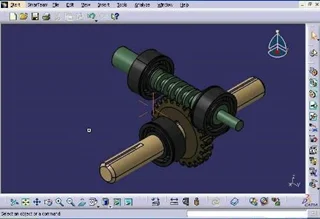
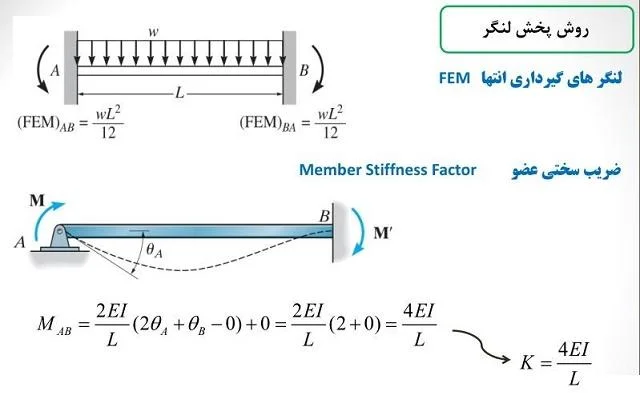
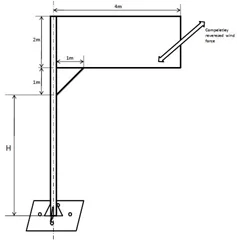


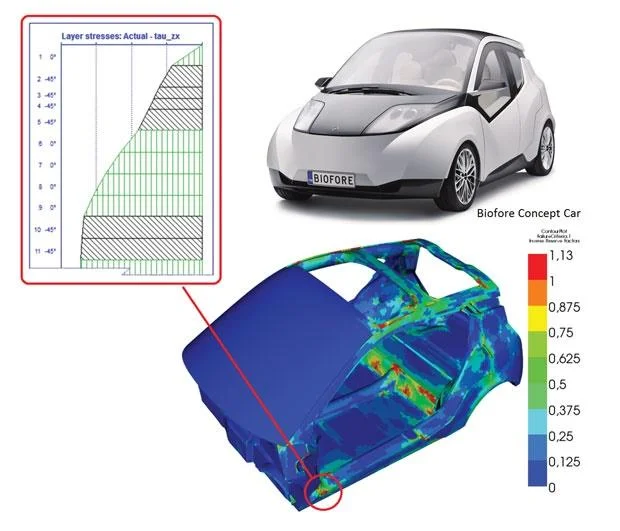
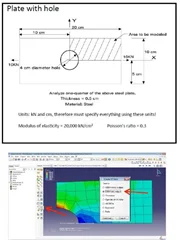



دیدگاه خود را بنویسید